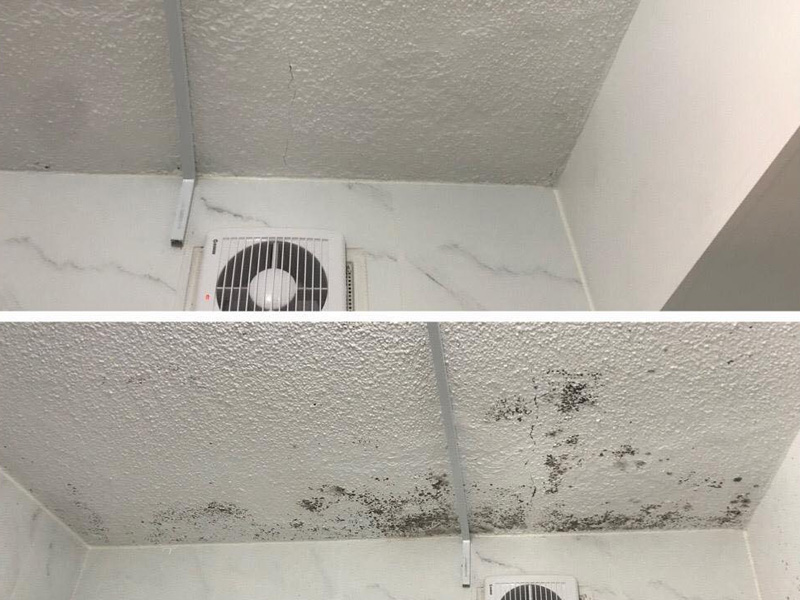Mould is a type of fungus that can grow indoors and outdoors. While some types of mold are harmless, others can be dangerous to your health.
In this article, we’ll explore the dangers of mould in your home and provide a guide to mould cleanup.
If you want to hire a professional to do the job for you, then you will wan’t to call them first and have them provide you witha quote so you can get an idea of how much the mould removal service will cost before you get started.
The Dangers of Mould in Your Home
Mould in your home can cause a variety of health problems, particularly for individuals with allergies or asthma. Some common symptoms of mould exposure include:
- Sneezing and runny nose
- Eye irritation
- Coughing and wheezing
- Skin irritation and rash
- Headaches and fatigue
In some cases, exposure to certain types of mould can also cause more severe health problems, including respiratory infections and neurological symptoms.
Mould can also cause structural damage to your home if left untreated. It can weaken wood and other building materials, causing them to rot and deteriorate over time. You can read our article here on the difference in choosing a mould remedation or mould removal company to help you choose the right service.
A Guide to Mould Cleanup
If you suspect that you have mould in your home, it’s important to address the problem promptly to protect your health and prevent structural damage. Here’s a guide to mould cleanup:
- Identify the source of the mould. Mould thrives in moist environments, so it’s important to identify and address any sources of moisture in your home. Common sources of moisture include leaks, flooding, high humidity, and poor ventilation.
- Determine the extent of the mould. If the mould is confined to a small area (less than 10 square feet), you may be able to handle the cleanup yourself. However, if the mould covers a larger area or is affecting multiple rooms, it’s best to hire a professional mould remediation company.
- Wear protective gear. When cleaning up mould, it’s important to protect yourself from exposure. Wear gloves, a face mask, and goggles to prevent contact with mold spores.
- Remove the mould. If the mould is on a non-porous surface (such as tile or glass), you can usually remove it with a solution of bleach and water. However, if the mould is on a porous surface (such as drywall or carpet), the affected material will need to be removed and replaced.
- Dry the area. Once the mould has been removed, it’s important to thoroughly dry the area to prevent the mould from returning. Use fans and dehumidifiers to reduce humidity and promote airflow.
- Prevent future mould growth. To prevent mould from returning, address any sources of moisture in your home. Fix leaks, ensure proper ventilation, and monitor humidity levels to keep your home dry and mold-free.
Conclusion
Mould in your home can pose a serious health risk and cause structural damage if left untreated. If you suspect that you have mold in your home, follow this guide to mould cleanup or hire a professional mould remediation company to handle the job. By addressing the problem promptly and taking steps to prevent future mould growth, you can protect your health and keep your home safe and healthy.

